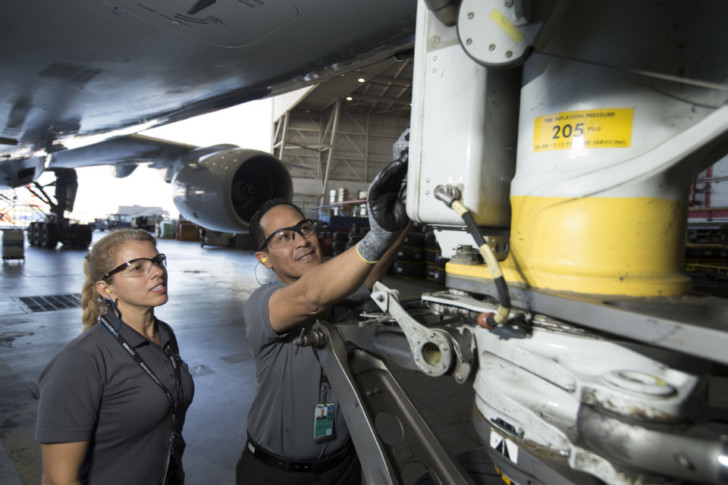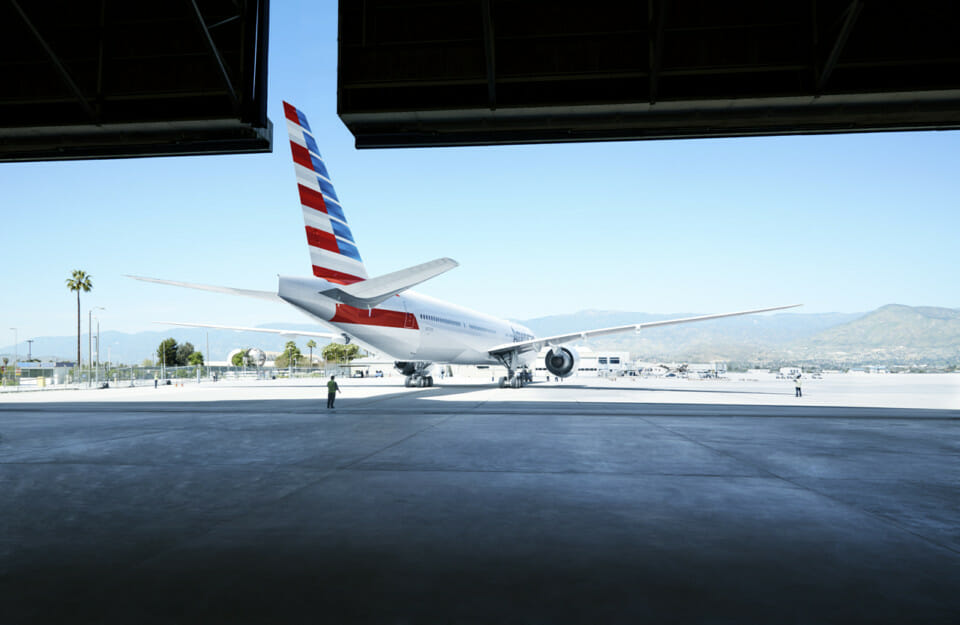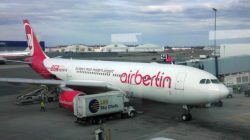Last Thursday, I posted What It Takes To Park An Airliner Fleet, It’s Complicated. We took a look at how American Airlines prepares and maintains the aircraft they are parking along with daily maintenance and bringing the aircraft back online after short-term storage.
As of today, there are over 6,600 aircraft in storage that are parked all over the world. This number continues to grow as more and more aircraft are finding their way to storage locations. Today we will look at three types of aircraft storage and what they require. My friend Petter at Mentour Pilot will help us understand how this works with an informative video.
Active Storage
This storage is short-term usually less than 90 days in duration. Active storage is for aircraft that an airline anticipates returning to service after a brief period of time. The grounding of all civil aircraft in the United States after September 11th, 2001 is an excellent example of active storage that lasted a matter of days.
Since aircraft in active storage means that they need to be in a state of readiness, daily maintenance is required so the aircraft can return to service with a minimum of delay. This daily maintenance amounts to:
- Running the engines,
- Taxi the aircraft far enough to keep the tires from flat-spotting,
- Checking hydraulics,
- Checking avionics and
- Checking electrical systems.
Care is also taken as to how the aircraft are parked. Active storage parking requires quick access to the aircraft so it is important not to park these aircraft where they can get buried behind other aircraft in longer storage.
Deep Storage
Deep storage is typically for aircraft that will be parked for 90 days to one year. Once the aircraft reaches its parking location, many tasks need to be performed to ensure that it is not affected by dirt, dust and corrosion. Fluids are usually drained and fuel must be drained of any water from the natural process of condensation. Daily maintenance is not required. Period maintenance cycles need to be performed including check flights. The aircraft windows are covered and metal surfaces must be sealed to prevent corrosion. Flight control surfaces must be actuated every 90 days to ensure that they will correctly operate. A lubrication schedule will be completed by the maintenance personnel. If storage exceeds one year, the aircraft will be propped up to take the weight off the landing gear and also to check proper gear operation.
Every year, the aircraft must be put back into flying condition. The maintenance crew will bring the aircraft into full flying condition and perform a flight test before returning it back to deep storage. It takes about 120 man-hours to bring an aircraft out of deep storage.
The Boeing 737 MAX aircraft that are waiting for FAA recertification are in deep storage.
Permanent Storage
Permanent storage is for aircraft that are not likely to fly again. Most of these aircraft are either functionally or economically obsolete for airline service. These aircraft will have their engines removed as soon as they reach the storage airport. Engines represent the most expensive component of any airliner and there is a resale market for used engines. These engines will be cleaned, drained of fluids, get wrapped and placed in indoor storage.
These aircraft can be used for spare parts for use in maintaining current airline fleets. Those aircraft that are beyond any usefulness for parts will ultimately be scrapped.
Final Thoughts
This post completes the story of how aircraft are stored. Each aircraft component must be supported according to the manufacturer’s specifications and maintenance schedule. Many thanks to my friend Petter at Mentour Pilot. Petter is a Boeing 737 line and training captain for a leading European airline. His Youtube channel, website and app are highly informative if you want to know more about aviation, airlines or how airplanes fly.






